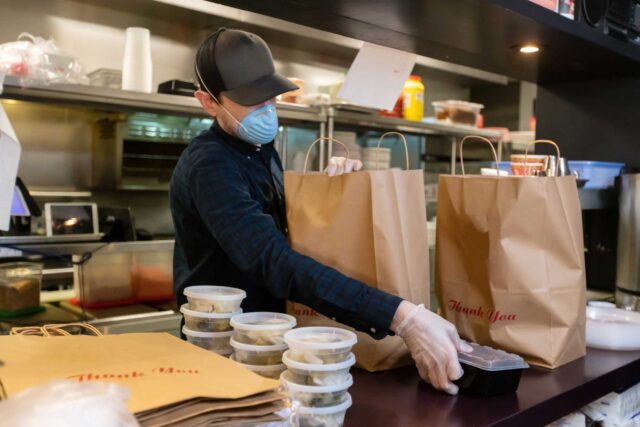In California, Black and Latino workers are experiencing a worse labor market during COVID than white and Asian American workers. As California’s economy continues to struggle—the unemployment rate in January was more than double what it was one year prior—disparities among communities of color underscore the need for a more equitable recovery from the current recession.
African American men have fared the worst, with an unemployment rate that is 6.8 percentage points higher in the past three months than it was a year ago (13.8% vs. 7.1%). That’s more than double the increase than among white and Asian American men, and slightly higher than the increase among Latino men. Since spring 2020 (April–June), unemployment has recovered between 5 to 10 percentage points for all race-gender subgroups except African American men, for whom unemployment has dropped 1.5 percentage points. These differences—which include the initial impact and the pace of recovery since—exacerbate pre-existing differences in unemployment by race.
The current unemployment spike is lower for Black women than for Black men. Black women’s unemployment rate before the pandemic was also much lower than for Black men. Asian women have experienced the reverse—a much larger spike in unemployment than Asian men, despite similar rates before the pandemic. The unemployment spike for Black women is also lower than for other women, though the differences are small.
This pattern coincides with relatively high employment rates that Black women have maintained in better economic times, which some analysts suggest correspond to historical expectations for Black women to work outside the home. While the early pandemic closure of sectors that employ many women and people of color led to steep increases in unemployment for Black and Latino women, Black women are overrepresented in frontline sectors, which may contribute to higher employment throughout the pandemic. However, evidence through summer 2020 suggests that Black workers are more likely to face permanent rather than temporary layoff than white workers, so all groups may not be able to get back to work as evenly when the economy fully reopens.
Before the pandemic, Black families in California were twice as likely to be at the bottom tier of the income distribution than expected, based on their share of the population (9.1% bottom tier, 5% of population). Latino families were also more likely to be in the bottom income tier than expected, but to a lesser degree (49% bottom tier, 38% of population). White families, and to a lesser extent Asian families, are substantially overrepresented in the top income tier compared to their shares in the population.
These disparities in the labor market are long-standing; they reflect the likelihood of employment among demographic groups as well as how stable, equitable, and remunerative work is. Furthermore, work and income can be affected by access to education and to supports like child care and transportation—reopening schools and child care will be key to recovery for workers facing labor market challenges. If California hopes to recover toward a more equitable labor market, beyond recovery of businesses and employment generally, we must improve the quality of jobs, especially for workers of color.






